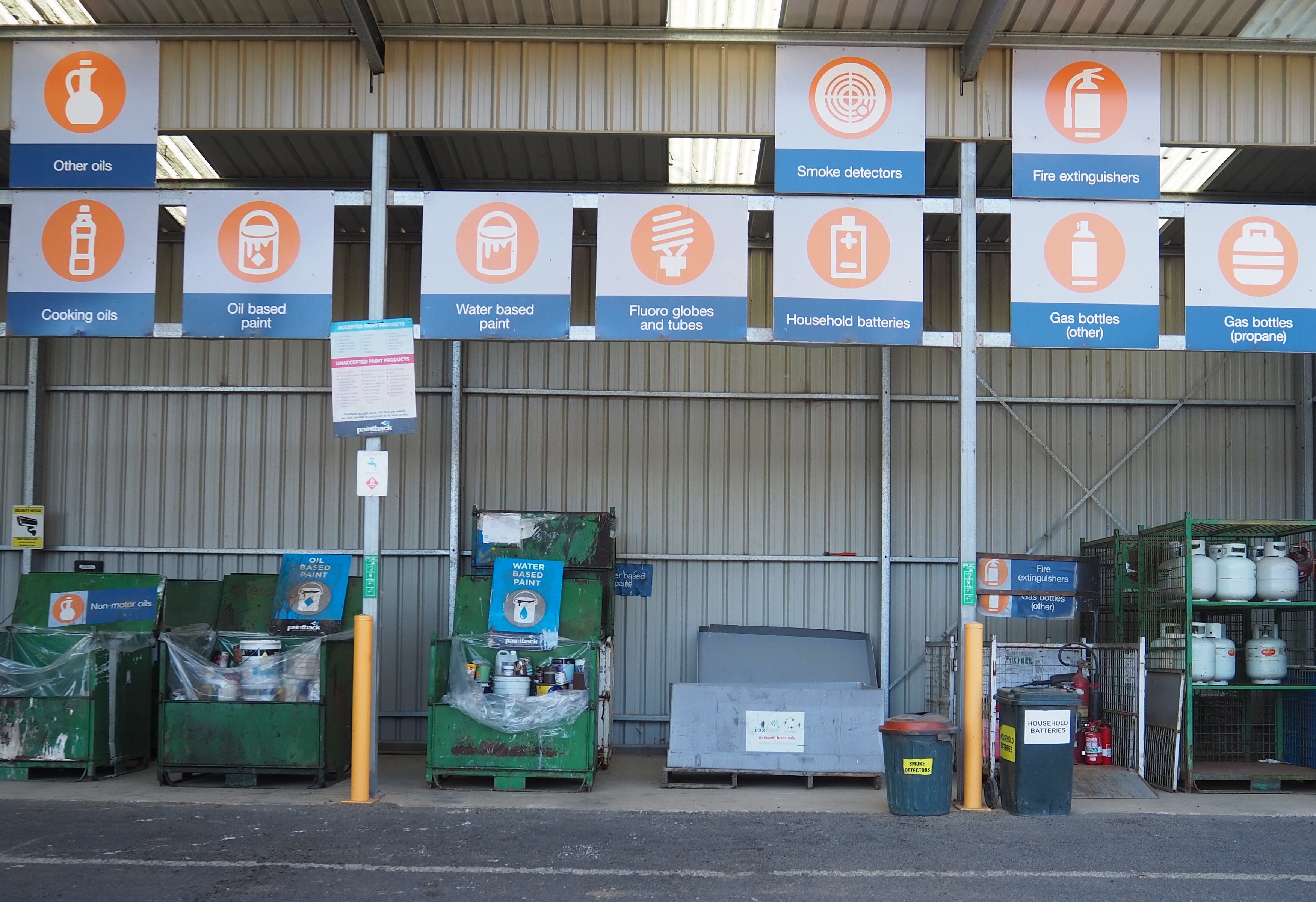- 163 killed and 468 injured in 107 settlements in regions (parts of regions), which were under Government control when casualties occurred (91 percent of the total); and
- 14 killed and 52 injured in 6 settlements in parts of Luhansk and Donetsk regions controlled by Russian armed forces and affiliated armed groups (9 percent of the total).
Per type of weapon/incident:
- Explosive weapons with wide area effects: 167 killed and 495 injured (95 per cent);
- Mines and explosive remnants of war: 10 killed and 25 injured (5 per cent).
Total civilian casualties from 24 February 2022 to 5 February 2023
From 24 February 2022 to 5 February 2023, OHCHR recorded 18,817 civilian casualties in Ukraine: 7,155 killed and 11,662 injured.
- a total of 7,155 killed (2,853 men, 1,927 women, 180 girls, and 226 boys, as well as 32 children and 1,937 adults whose sex is not yet known)
- a total of 11,662 injured (2,576 men, 1,833 women, 248 girls, and 339 boys, as well as 264 children and 6,402 adults whose sex is not yet known)
- In Donetsk and Luhansk regions: 10,092 casualties (4,172 killed and 5,920 injured)
- On Government-controlled territory: 7,888 casualties (3,665 killed and 4,223 injured)
- On territory controlled by Russian armed forces and affiliated armed groups: 2,204 casualties (507 killed and 1,697 injured)
- In other regions of Ukraine (the city of Kyiv, and Cherkasy, Chernihiv, Ivano-Frankivsk, Kharkiv, Kherson, Kirovohrad, Kyiv, Mykolaiv, Odesa, Sumy, Zaporizhzhia, Dnipropetrovsk, Khmelnytskyi, Poltava, Rivne, Lviv, Ternopil, Vinnytsia, Volyn, and Zhytomyr regions), which were under Government control when casualties occurred: 8,725 casualties (2,983 killed and 5,742 injured)
- In Donetsk and Luhansk regions: 10,092 casualties (4,172 killed and 5,920 injured)
Most of the civilian casualties recorded were caused by the use of explosive weapons with wide area effects, including shelling from heavy artillery, multiple launch rocket systems, missiles and air strikes.
OHCHR believes that the actual figures are considerably higher, as the receipt of information from some locations where intense hostilities have been going on has been delayed and many reports are still pending corroboration. This concerns, for example, Mariupol (Donetsk region), Lysychansk, Popasna, and Sievierodonetsk (Luhansk region), where there are allegations of numerous civilian casualties.
Since 2014, OHCHR has been documenting civilian casualties in Ukraine. Reports are based on information that the UN Human Rights Monitoring Mission in Ukraine (HRMMU) collected through interviews with victims and their relatives; witnesses; analysis of corroborating material confidentially shared with HRMMU; official records; open-source documents, photo and video materials; forensic records and reports; criminal investigation materials; court documents; reports by international and national non-governmental organisations; public reports by law enforcement and military actors; data from medical facilities and local authorities. All sources and information are assessed for their relevance and credibility and cross-checked against other information. In some instances, corroboration may take time. This may mean that conclusions on civilian casualties may be revised as more information becomes available andnumbers may change as new information emerges over time. Statistics presented in the current update are based on individual civilian casualty records where the “reasonable grounds to believe” standard of proof was met, namely where, based on a body of verified information, an ordinarily prudent observer would have reasonable grounds to believe that the casualty took place as described.








